Do you have a question about the Chevrolet 2009 Uplander and is the answer not in the manual?
Explains the meaning of CAUTION warnings for potential harm to people.
Explains the meaning of Notice for potential vehicle damage.
Controls for adjusting the driver's and front passenger's seats forward or rearward.
Procedures for adjusting, removing, and reinstalling rear seats, and seating position cautions.
Detailed guidance on how to wear safety belts properly and important safety precautions.
Guidance on proper safety belt fit for older children and when to use booster seats.
Details the location and types of airbags in the vehicle.
Guidance on periodically checking safety belts, child restraints, and airbag systems.
Explains various methods for locking and unlocking vehicle doors, including power locks.
Details on the vehicle's theft-deterrent alarm and immobilizer systems.
Information on new vehicle break-in, ignition positions, and starting the engine.
How to set, resume, increase, reduce, and cancel cruise control speed.
Explains warning lights and gages that signal vehicle issues and the importance of paying attention.
Explains the safety belt reminder light and chime for driver and front passenger.
Indicates potential malfunctions in the airbag system and the need for service.
Shows the status of the passenger airbag system (on/off) based on occupant detection.
Alerts the driver to potential brake problems, including parking brake release issues.
Indicates a malfunction in the ABS system, requiring service.
Alerts the driver to problems with the traction control system.
Shows engine coolant temperature and warns when the engine is too hot.
Indicates low tire pressure or potential TPMS malfunction.
The "Check Engine Light" indicating issues with fuel, ignition, or emission control systems.
Explains various warning messages displayed on the Driver Information Center (DIC).
Covers perception and reaction time in braking, stopping distances, and engine-off braking.
Explains how ABS helps prevent braking skids and how it functions during braking.
Details how TCS limits wheel spin by reducing engine power or applying brakes.
Explains how StabiliTrak combines ABS, traction, and stability control for directional assistance.
Driving tips for snow or ice conditions, including ABS, TCS, and blizzard precautions.
Information on vehicle capacity weight, including occupants, cargo, and options.
Important considerations before recreational vehicle towing, including vehicle preparation.
Essential tips and safety rules for safely towing a trailer with the vehicle.
Recommendations on using the correct fuel for engine cleanliness and performance.
Instructions on how to check and add engine oil, and the importance of proper levels.
Recommendations for engine oil viscosity grades and API certification symbols.
How the computer system indicates when to change engine oil and filter.
Guidance on when to check and change automatic transmission fluid.
Information on cooling system components and cautions regarding hot parts and coolant.
What type of coolant to use and cautions about improper mixtures.
Indicators of engine overheating and actions to take, including the overheat protection mode.
Information on brake fluid type and cautions regarding adding too much.
How to identify worn brake pads and the importance of timely replacement.
Safe steps for jump starting a vehicle with jumper cables.
General cautions and information about maintaining tires for safety.
Tips on what to expect and do during a tire blowout or slow leak.
Step-by-step guide on how to safely change a flat tire.
Flat tire to spare tire change.
Importance of regularly checking engine oil level to prevent damage.
Importance of checking tire inflation to the correct pressures and checking the spare tire.
Explains the meaning of CAUTION warnings for potential harm to people.
Explains the meaning of Notice for potential vehicle damage.
Controls for adjusting the driver's and front passenger's seats forward or rearward.
Procedures for adjusting, removing, and reinstalling rear seats, and seating position cautions.
Detailed guidance on how to wear safety belts properly and important safety precautions.
Guidance on proper safety belt fit for older children and when to use booster seats.
Details the location and types of airbags in the vehicle.
Guidance on periodically checking safety belts, child restraints, and airbag systems.
Explains various methods for locking and unlocking vehicle doors, including power locks.
Details on the vehicle's theft-deterrent alarm and immobilizer systems.
Information on new vehicle break-in, ignition positions, and starting the engine.
How to set, resume, increase, reduce, and cancel cruise control speed.
Explains warning lights and gages that signal vehicle issues and the importance of paying attention.
Explains the safety belt reminder light and chime for driver and front passenger.
Indicates potential malfunctions in the airbag system and the need for service.
Shows the status of the passenger airbag system (on/off) based on occupant detection.
Alerts the driver to potential brake problems, including parking brake release issues.
Indicates a malfunction in the ABS system, requiring service.
Alerts the driver to problems with the traction control system.
Shows engine coolant temperature and warns when the engine is too hot.
Indicates low tire pressure or potential TPMS malfunction.
The "Check Engine Light" indicating issues with fuel, ignition, or emission control systems.
Explains various warning messages displayed on the Driver Information Center (DIC).
Covers perception and reaction time in braking, stopping distances, and engine-off braking.
Explains how ABS helps prevent braking skids and how it functions during braking.
Details how TCS limits wheel spin by reducing engine power or applying brakes.
Explains how StabiliTrak combines ABS, traction, and stability control for directional assistance.
Driving tips for snow or ice conditions, including ABS, TCS, and blizzard precautions.
Information on vehicle capacity weight, including occupants, cargo, and options.
Important considerations before recreational vehicle towing, including vehicle preparation.
Essential tips and safety rules for safely towing a trailer with the vehicle.
Recommendations on using the correct fuel for engine cleanliness and performance.
Instructions on how to check and add engine oil, and the importance of proper levels.
Recommendations for engine oil viscosity grades and API certification symbols.
How the computer system indicates when to change engine oil and filter.
Guidance on when to check and change automatic transmission fluid.
Information on cooling system components and cautions regarding hot parts and coolant.
What type of coolant to use and cautions about improper mixtures.
Indicators of engine overheating and actions to take, including the overheat protection mode.
Information on brake fluid type and cautions regarding adding too much.
How to identify worn brake pads and the importance of timely replacement.
Safe steps for jump starting a vehicle with jumper cables.
General cautions and information about maintaining tires for safety.
Tips on what to expect and do during a tire blowout or slow leak.
Step-by-step guide on how to safely change a flat tire.
Flat tire to spare tire change.
Importance of regularly checking engine oil level to prevent damage.
Importance of checking tire inflation to the correct pressures and checking the spare tire.
| Brand | Chevrolet |
|---|---|
| Model | 2009 Uplander |
| Category | Automobile |
| Language | English |
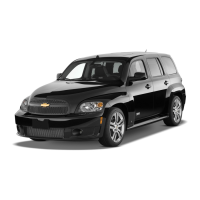
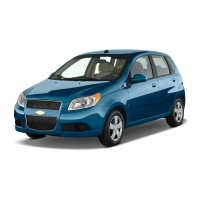
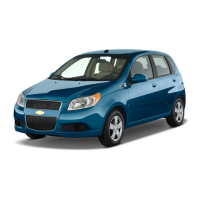
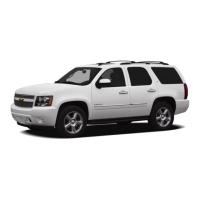
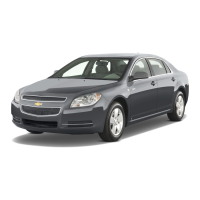
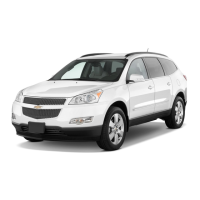
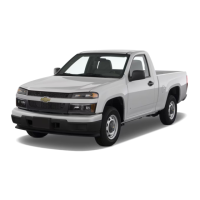
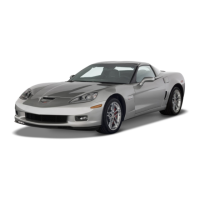
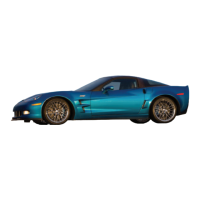
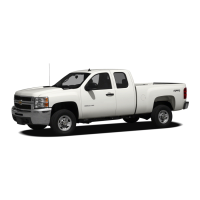
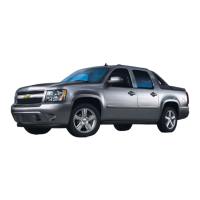

